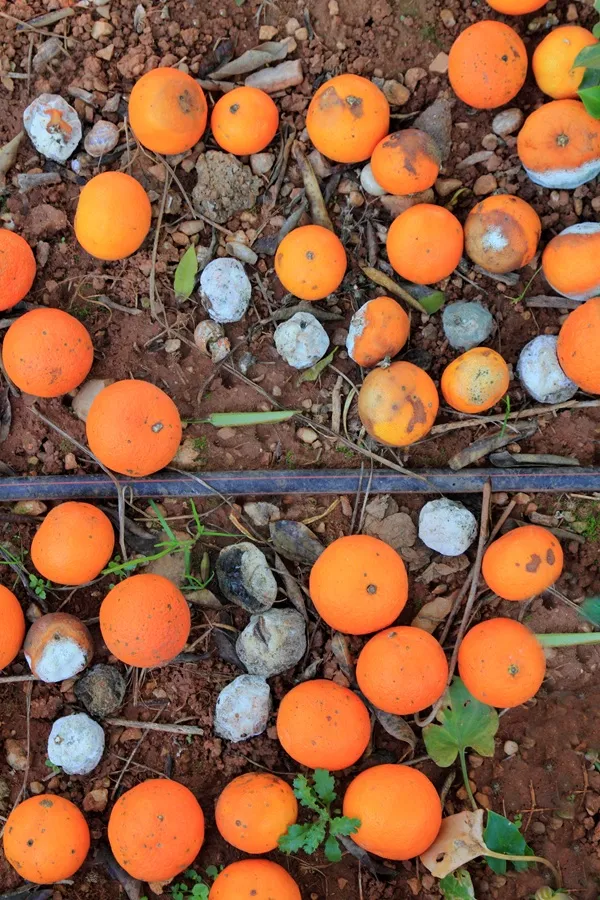Table of Contents
1. Overview
Sea urchins are spiny echinoderms found in oceans worldwide, prized for their creamy, briny roe (called uni in Japan). A delicacy in global haute cuisine, they play a critical ecological role in marine ecosystems. This guide explores their biology, culinary uses, aquaculture practices, and economic significance.
2. Global Varieties
- Pacific Purple Sea Urchin (Strongylocentrotus purpuratus)
- Size: 3–4" | Color: Deep purple.
- Habitat: West Coast of North America.
- Green Sea Urchin (Strongylocentrotus droebachiensis)
- Size: 2–3" | Color: Olive-green.
- Habitat: North Atlantic, Arctic.
- Red Sea Urchin (Mesocentrotus franciscanus)
- Size: 5–7" | Color: Vibrant red.
- Note: Largest species; premium roe.
- Japanese Sea Urchin (Strongylocentrotus intermedius & Hemicentrotus pulcherrimus)
- Size: 2–4" | Color: Orange-brown.
- Culinary Status: Most prized for sushi.
- Mediterranean Paracentrotus lividus
- Size: 2–3" | Color: Purple-green.
- Use: Roe in pasta, sauces.
3. Price Factors
- Grade A (Japanese Uni): $100–$200/lb (fresh, premium roe).
- Grade B (Processed): $50–$80/lb (frozen/pasteurized).
- Factors: Species, freshness, roe color/texture, sustainability certifications.
4. Physical Traits
- Colors: Purple, red, green, black.
- Smell: Fresh oceanic brine; spoiled uni smells ammonia-like.
- Flavor: Sweet, briny, umami-rich with a buttery texture.
5. Culinary Uses
- Raw: Sushi/sashimi (uni nigiri, gunkan maki).
- Pasta: Mixed with cream or butter (e.g., uni pasta).
- Grilled: Lightly torched with soy sauce or yuzu.
- Sauces: Blended into hollandaise or seafood bisques.
- Popular Dishes:
- Uni Ikura Don (Japan): Rice bowl with sea urchin and salmon roe.
- Ricci di Mare (Italy): Raw uni with lemon and olive oil.
6. Nutrition & Health Benefits
- Macronutrients: High protein (16g/100g), omega-3s (1.5g/100g).
- Vitamins/Minerals: B12, zinc, iodine, vitamin E.
- Health Benefits: Supports brain function, heart health, and immunity.
7. Cultivation & Capture
- Wild Harvest:
- Diving: Hand-collected by divers in Japan, California, Chile.
- Rakes/Tongs: Shallow coastal waters (Mediterranean).
- Aquaculture:
- Sea Ranching: Juvenile urchins reared in tanks, then released to seabeds (Japan, Norway).
- Kelp-Fed Systems: Fed kelp to enhance roe quality.
8. Byproducts
- Shells: Ground into calcium supplements or agricultural lime.
- Spines: Used in traditional medicine (Asia) or jewelry.
- Viscera: Fishmeal or fertilizer.
9. Processing & Storage
- Live Storage: Keep in seawater at 35–40°F (1–2 days).
- Freezing: Roe cleaned and flash-frozen (-31°F) for 6–12 months.
- Canning: Rare; sometimes preserved in salt or brine.
10. Major Producers & Trade
- Top Producers:
- Japan: Hokkaido (80% of domestic supply).
- Chile: Red sea urchins (wild-caught).
- USA: California, Maine.
- Norway: Emerging aquaculture.
- Exporters: Chile, USA, Canada.
- Importers: Japan, USA, France, China.
11. Climate Conditions for Cultivation
- Temperature: 50–60°F (cold, nutrient-rich waters).
- Salinity: 30–35 ppt (marine environments).
- Habitat: Rocky seabeds with kelp forests.
12. Diseases & Risks
- Parasites: Nematodes in wild populations.
- Bacterial Infections: Vibrio spp. in poorly stored roe.
- Overharvesting: Depletion of wild stocks (e.g., California).
13. Return on Investment (ROI)
- Farming Costs: $50,000–$100,000/acre (tanks, feed, labor).
- Profit Margins: 30–50% for premium roe; ROI in 2–3 years.
14. Quick Recipes
- Uni Butter: Blend roe with butter, spread on bread or steak.
- Sea Urchin Risotto: Stir roe into Arborio rice with white wine.
- Uni Tacos: Fresh roe, avocado, and lime in crispy shells.
15. Sustainability Challenges
- Kelp Forest Decline: Overgrazing by urchins (e.g., "urchin barrens").
- Solutions:
- Restoration Projects: Culling overpopulated urchins.
- Eco-Certifications: MSC-certified fisheries.
16. Conclusion
Sea urchins are a luxury ingredient and ecological linchpin. Balancing sustainable harvesting, aquaculture innovation, and habitat conservation is key to their future. 🌊🦪









